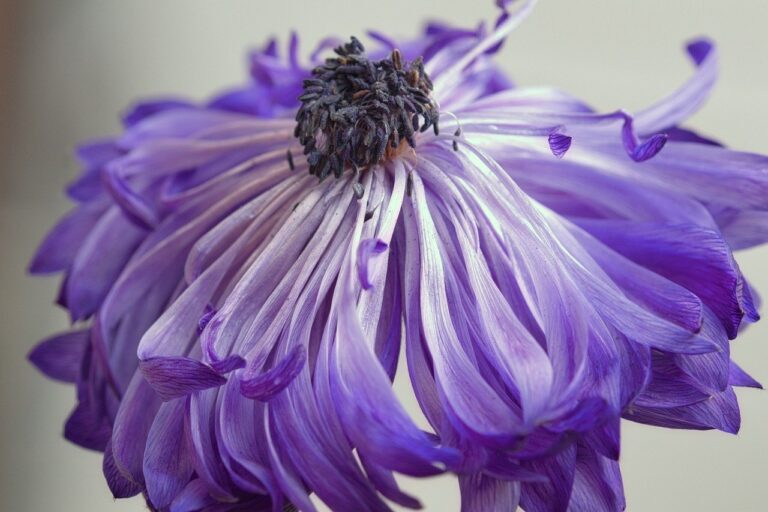Plastic pollution is just one of the greatest environmental obstacles of our time, with data showing there will be more plastic in the ocean than there are fish, by quantity, by 2050. Restaurants, venues and establishments worldwide are functioning to combat plastic pollution by getting rid of plastic straws.
Just recently, significant friendliness, restaurant and airline brands have gotten rid of single-use plastic straws, while cities like Seattle, San Francisco, Washington, D.C. and more have prohibited plastic straws completely. Whether it become part of regulations or conservation efforts, many brands are switching over from plastic to a sustainable alternative, commonly PLA, without understanding the real fact about the threats of a PLA straw.
Straws were among the many throw-away products being swiftly produced by large corporations. Plastic straws promptly ended up being more affordable to produce and more long lasting than paper. They could conveniently wedge between the crosshairs of a fast food restaurant’s to-go cover without tearing or tearing. Plastic clutter in the ocean has been reported given that the very early 1970s, however it only started to draw attention from the clinical community in the last 25 years. bamboo napkins versus single-use plastic, especially plastic straws, started in 2015 after videos arose of a turtle with a plastic straw in its nose and because of media rate of interest in the rubbish patch in the Pacific Ocean (Minter 2018). As a result of this, cities like Seattle, WA and Berkley, CA and big firms like Starbucks have announced the removal of plastic straw use in the next few years. Furthermore, Starbucks has announced a $10 million give planned for the development of a worldwide service of a recyclable and compostable cup, declaring that the innovation will be open to the public after its development.
PLA “eco-friendly” straws are placed as straws made from plants that can break down in the atmosphere. They are made from naturally occurring, plant material such as renewable resources like corn starch or sugar walking cane. While PLA plastic is generally a far better alternative than its close loved one, the traditional petroleum-based plastic, they aren’t the most eco sound alternative. Because many consumers and businesses are not familiar with the real realities about PLA straws, laid out are four facts about PLA straws to take into consideration prior to you decide to make the switch.
While PLA straws are “compostable,” it can not be combined with other kinds of plastics because PLA has a reduced melting temperature that triggers issues at recycling centers. This implies it can not be reused with other curbside recycling. Restaurants and businesses making use of PLA straws must sort their PLA products separately from other recyclables to have them readily composted. They must additionally set up a pickup or hand over at a commercial composter and pay to reuse PLA straws.
PLA straws require industrial composting problems, meaning consumers or businesses must have access to a commercial compost facility, which are only available in certain parts of the U.S. In order for PLA straws to compost, they require temperatures above 140 degrees Fahrenheit for 10 consecutive days and require to be appropriately directed to specialized industrial composting or recycling facilities to break down. While this is feasible in a composting facility, few facilities exist to break down PLA straws.
Many researches show that PLA straws are practically impossible to decompose in a landfill and can not be composted in your home or via backyard systems. Disposing any type of kind of PLA, bioplastic or “plant-based” plastic straw is no different than discarding a normal plastic straw. Not only are PLA straws impossible to decompose in a landfill, like traditional plastic straws, they are particularly dangerous if they wind up in our rivers and ocean. Because they do not break down right here, PLA straws are equally as most likely to be consumed by marine wildlife and fish, ultimately endangering or killing them.
Subscribe to Updates
Get the latest creative news from FooBar about art, design and business.
